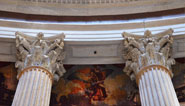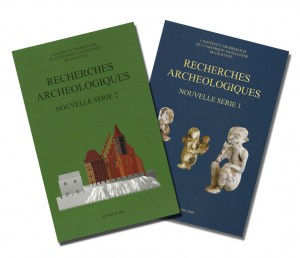REVIVAL: Technological support for Syrian heritage
Iconem's ambition is to preserve the knowledge of threatened heritage using digital advances. Thanks to our ground surveys and our visual processing algorithms, we are able to produce real digital doubles of archaeological remains or expanses. We hence offer the scientific community and the public an innovative means of exploring famous places of world heritage.
For sites under threat of disappearance, our technology guarantees that, whatever happens, the archaeological knowledge will be preserved. By scanning today the sites which are under threat of disappearance tomorrow, we are working to preserve a common asset and we are ensuring its transmission to future generations.Syrian culture is our common heritage. We are losing it. What can we do to preserve this culture for future generations? Documentation can't wait! Iconem sends specialists to support Syrian archaeologists and architects by providing them with advanced techniques to document their heritage. We organise missions in the field using the latest technology in order to create a digital database of Syrian monuments and a national team able to provide data for it. Because saving the knowledge of this history is our common duty.التراث الثقافي السوري هو تراث مشترك للجميع. إننا نخسره! ماذا يمكن أن نفعل للحفاظ على هذه الثقافة للأجيال القادمة؟ إنّ إجراء التوثيق لا يمكن أن ينتظر! تتولى إيكونيم إرسال متخصصين لدعم علماء الآثار والمعماريين السوريين من خلال تزويدهم بمعدات حديثة لتوثيق تراثهم. إننا نقوم بتنظيم بعثات ميدانية مجهزة بأحدث التكنولوجيا بهدف إنشاء قاعدة بيانات للآثار السورية، وتكوين فريق وطني قادر على تغذيتها. لأن إنقاذ معرفة هذا التاريخ هو واجبنا المشترك.






























